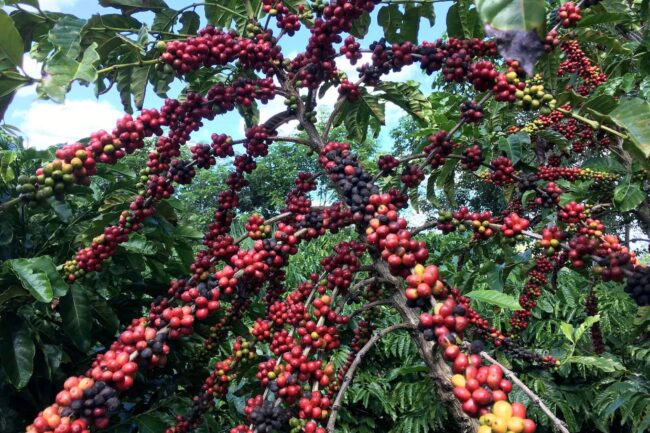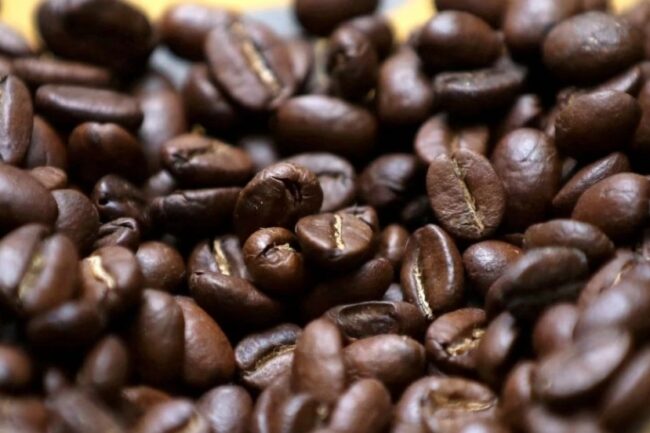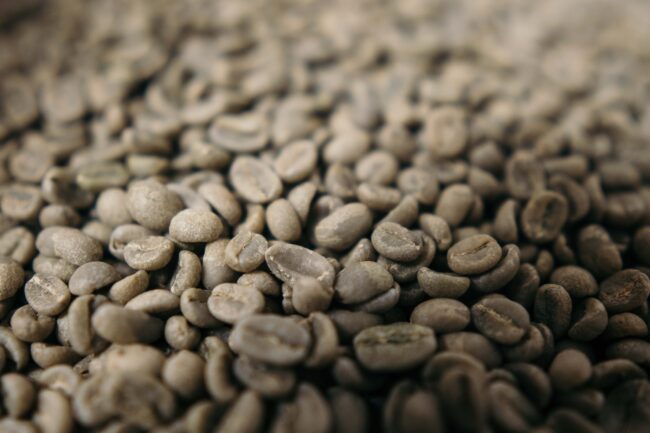Brazilian Drought Helps Coffee Prices to First Yearly Gain in Four Years
Arabica coffee emerged as the biggest gainer among commodity-futures markets in 2014, as a drought in top grower Brazil propelled prices of the beans to their first yearly gain in four years.
Arabica-coffee futures gained 50% this year, with the March futures contract on the ICE Futures US exchange ending Wednesday up 1.1%, at $1.6660 a pound, snapping a six-session losing streak.
Brazil suffered its worst drought in decades earlier this year, clipping output from the source of around one-third of the world’s coffee. Brazil’s coffee production likely totaled 45.1 million bags this season, 8% lower than last year, according to government crop agency Conab. Each bag weighs 60 kilograms.
Worries about supplies sent futures higher, and roasters such as JM Smucker Co. ‘s Folgers and Starbucks Corp. raised prices for coffee drinkers as well.
By October, prices were trading at 2½-year high of $2.2190 a pound. But futures prices have retreated 25% from that point as recent rainfall has eased concerns over next year’s crop. At the same time, other growers, such as neighboring Colombia—the world’s No. 2 arabica grower—have been ramping up production.
Another of Brazil’s main exports—sugar—ended the year on a sour note as a result of consecutive years of oversupply.
Raw sugar futures fell for a fourth straight year, the longest losing streak for the sweetener since at least 1971, as far back as CQG data go. March raw sugar ended Wednesday 0.6% lower, at 14.52 cents a pound, down nearly 12% for the year.
Global production of sugar will likely outpace demand for the fifth consecutive year in the season ending Sept. 30, 2015, according to the International Sugar Organization.
Cotton futures also ended lower because of ballooning global supplies. March cotton fell 2.8%, to 60.27 cents a pound, bringing the year’s losses to nearly 29%.
The US Department of Agriculture expects the world’s cotton supply to surpass demand by a record 108.08 million bales when the current season ends July 31.
Cocoa futures posted their third consecutive year of gains, ending the year up 7.4% as strong demand buoyed prices. March cocoa fell 2.1% on the year’s last trading day, to $2,910 a ton.
Orange-juice concentrate for March ended the year up 2.6%, at $1.3980 a pound.
Suorce: wsj.com




